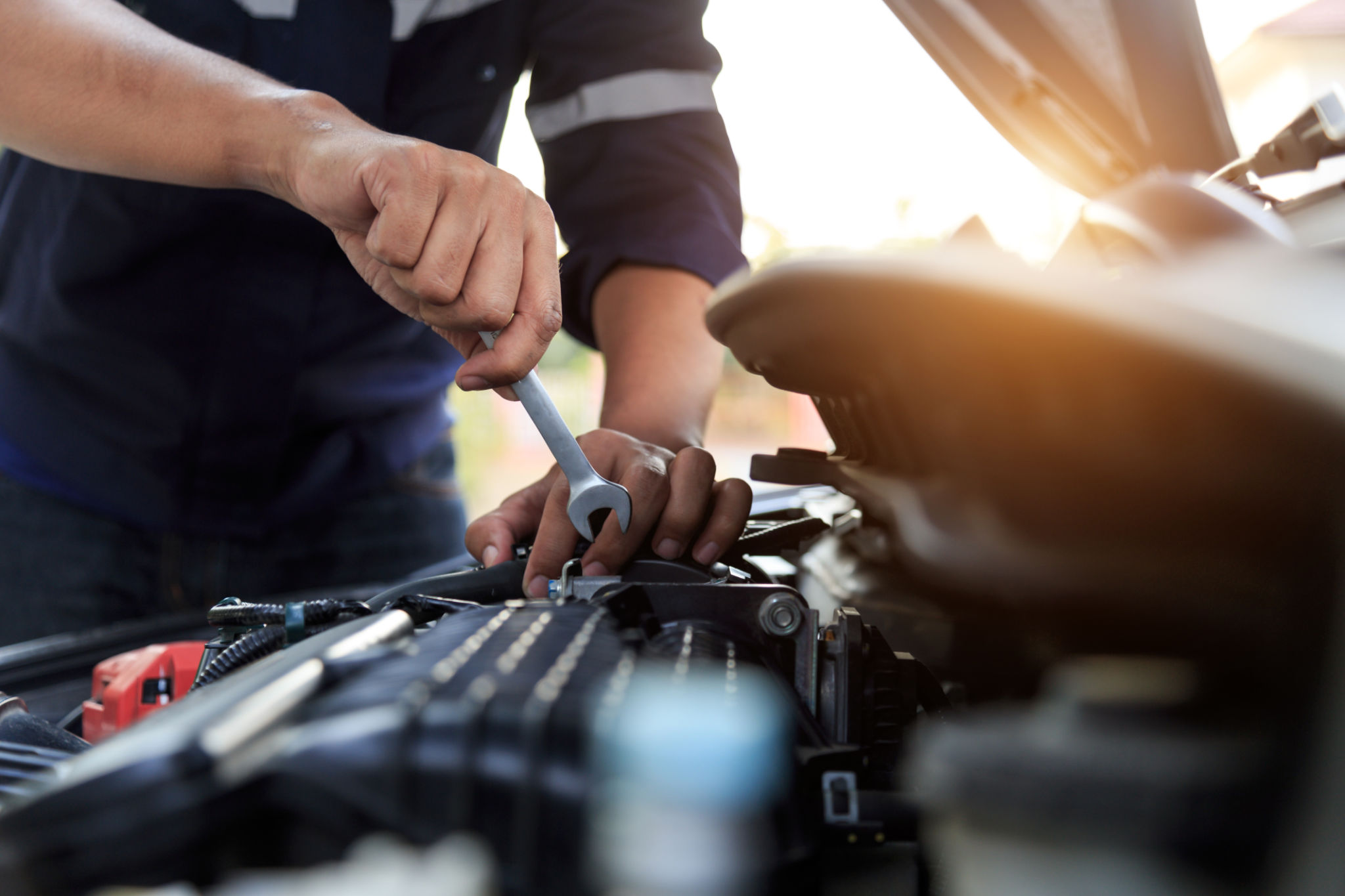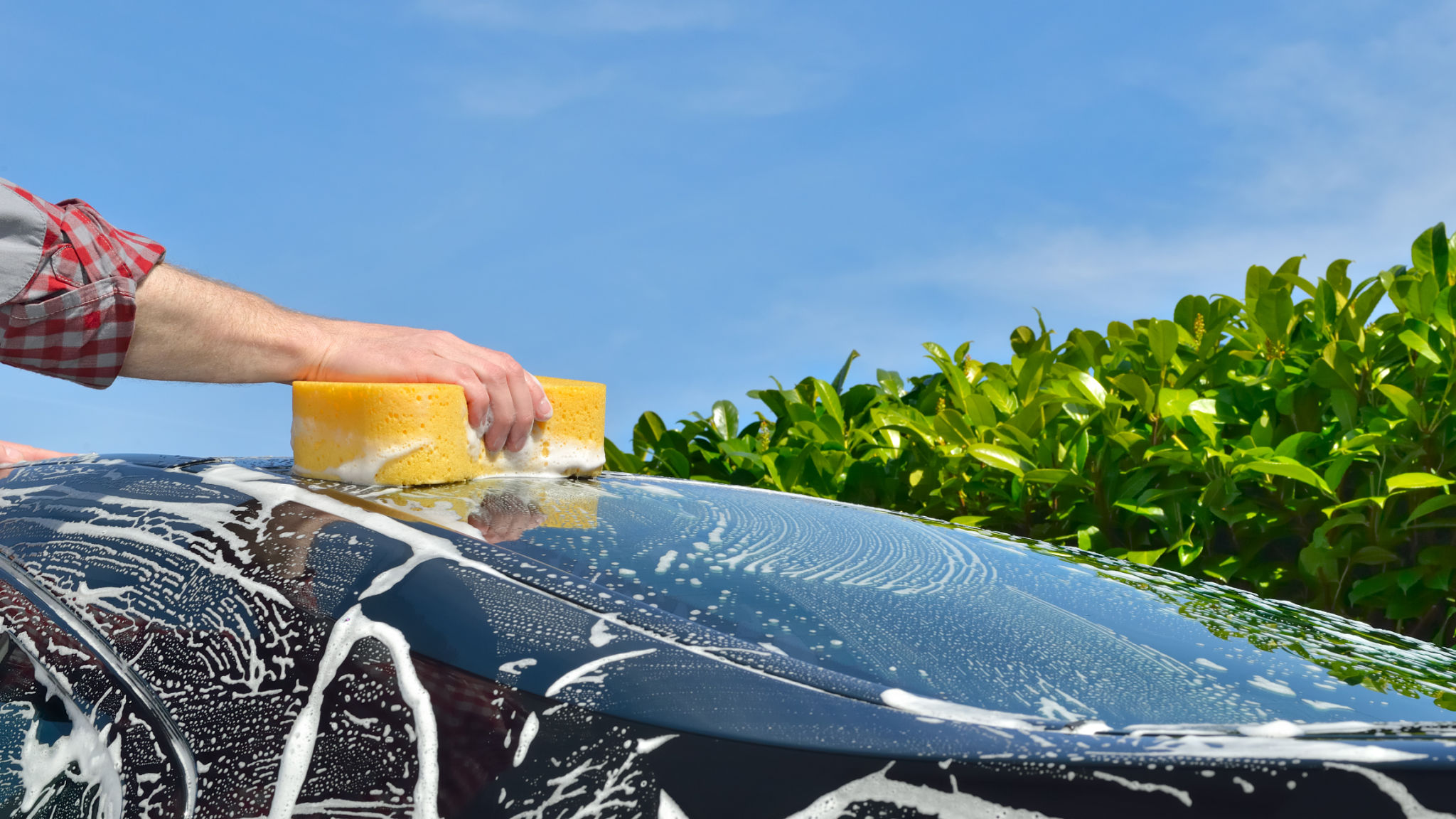How Seasonal Changes Affect Your Car: Essential Detailing Tips for Every Season
Understanding the Impact of Seasonal Changes on Your Car
Every season brings its own set of challenges for your vehicle. From the scorching heat of summer to the frigid cold of winter, each climate condition can affect your car's performance and appearance. Understanding these impacts is crucial for maintaining your vehicle's longevity and efficiency. Regular detailing is not just about keeping your car looking good; it's about protecting it from the elements.
Seasonal changes can lead to a variety of issues such as paint damage, rust formation, and diminished engine performance. By preparing your car for each season, you can prevent these problems and ensure a smoother driving experience.

Spring: Preparing for Rain and Pollen
Spring is a time of renewal, but it also introduces challenges like increased rain and pollen. These elements can wreak havoc on your car's exterior. Regular washing and waxing during this season are essential to remove dirt and debris, preventing them from embedding into the paint.
Pollen, in particular, can be abrasive and should be cleaned off regularly. Consider using a clay bar treatment to remove stubborn contaminants from the paint surface. Additionally, inspect and clean your car's undercarriage to eliminate any remnants of winter salt that could cause rust.

Summer: Protecting Against the Sun and Heat
Summer brings intense sunlight and high temperatures, which can lead to faded paint and a hot interior. To combat this, apply a high-quality wax or sealant that offers UV protection. This will help preserve your car's paint and prevent it from fading.
Consider using sunshades inside your vehicle to keep the interior cool and protect it from sun damage. Regularly condition leather seats to prevent cracking and fading. Also, check your tire pressure frequently, as heat can cause tires to expand and potentially lead to blowouts.

Autumn: Battling Leaves and Debris
Autumn is synonymous with falling leaves, which can accumulate in crevices such as windshield wiper areas and under the hood. This debris can trap moisture, leading to rust over time. Ensure you regularly clean these areas to prevent buildup.
The cooler temperatures of autumn are also a good time to reapply a protective wax layer to prepare for winter. Be sure to inspect your vehicle's lights, as shorter days mean more nighttime driving.

Winter: Guarding Against Snow and Ice
Winter is perhaps the harshest season for vehicles. Snow, ice, and road salt can cause significant damage if not addressed properly. Start by applying a winter-specific sealant that provides extra protection against the elements.
It's important to wash your car frequently to remove salt and grime that can lead to rust. Pay special attention to the undercarriage, as this area is most susceptible to corrosion. Also, consider using rubber floor mats inside your car to protect against slush and salt residue.

Final Tips for Year-Round Car Care
While seasonal detailing is important, maintaining your vehicle's health year-round is critical. Regularly check fluid levels, battery health, and tire condition regardless of the season. A well-maintained car not only performs better but also holds its value over time.
Investing in professional detailing services can be beneficial, especially at the start or end of a season. Professionals have the expertise and tools necessary to address specific seasonal challenges effectively.
By understanding how seasonal changes affect your vehicle and taking proactive measures, you can ensure that your car remains in top condition all year long.
